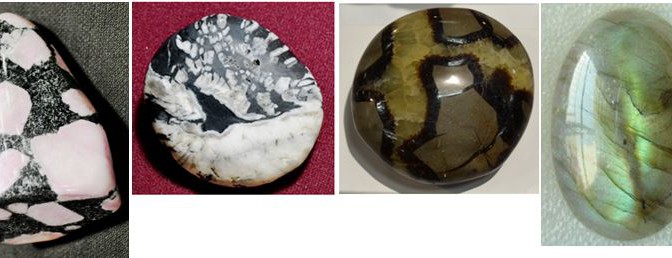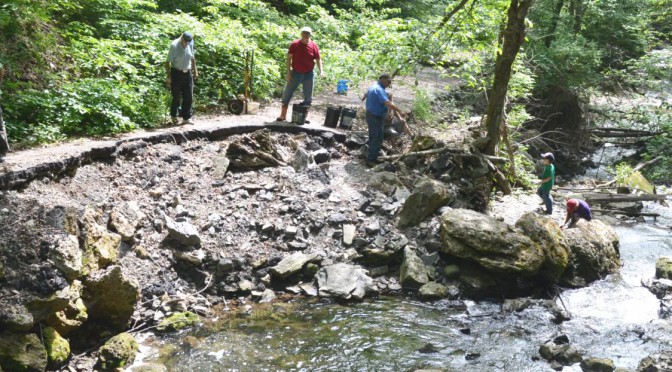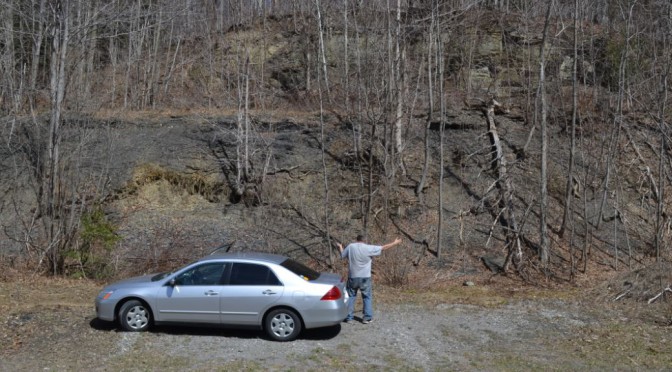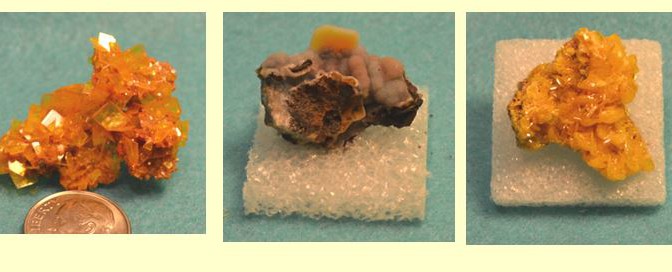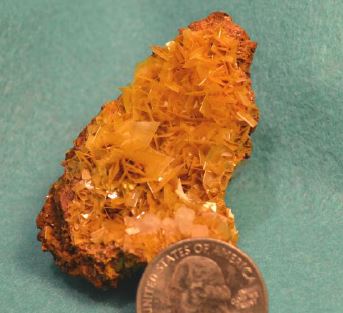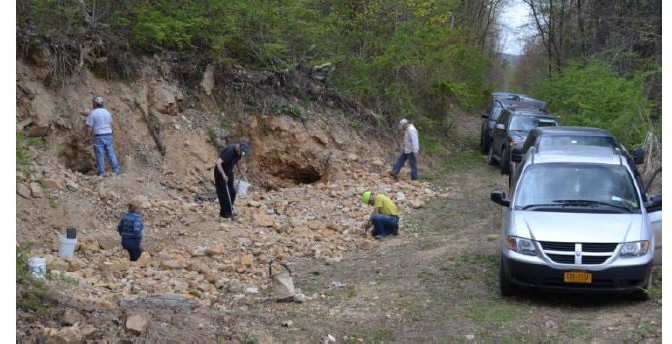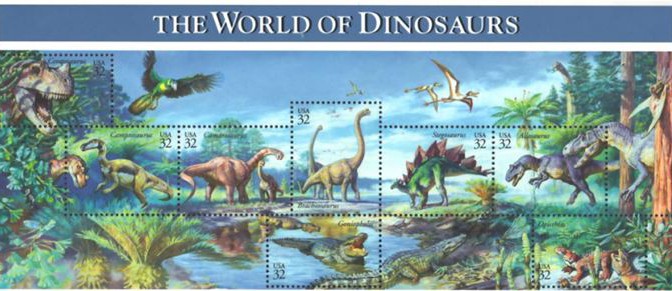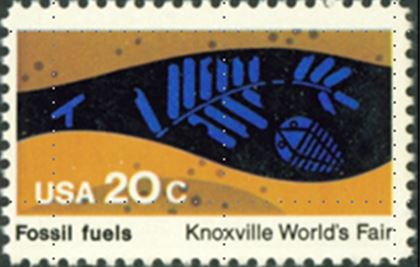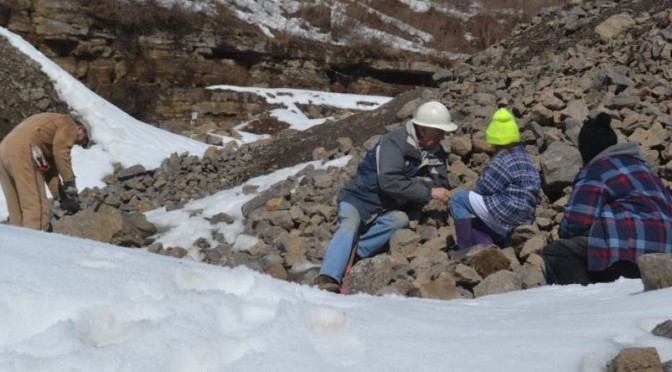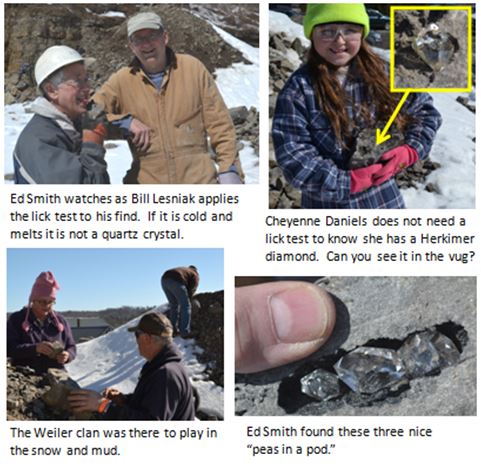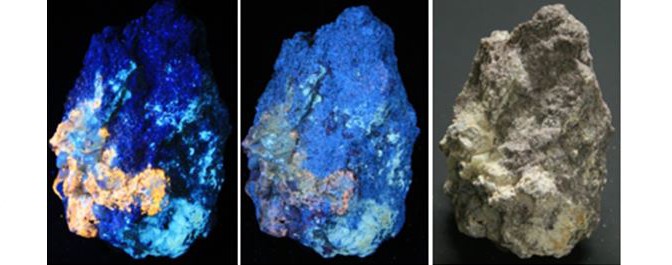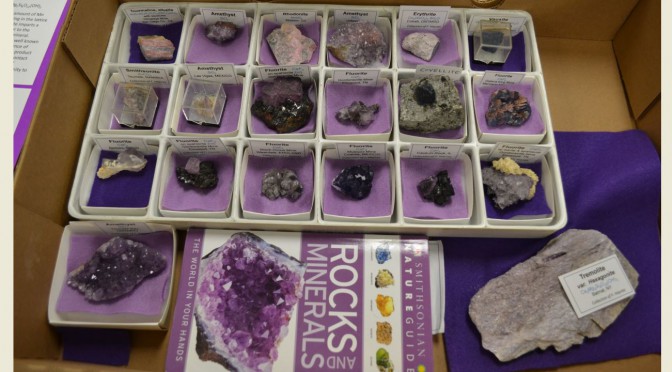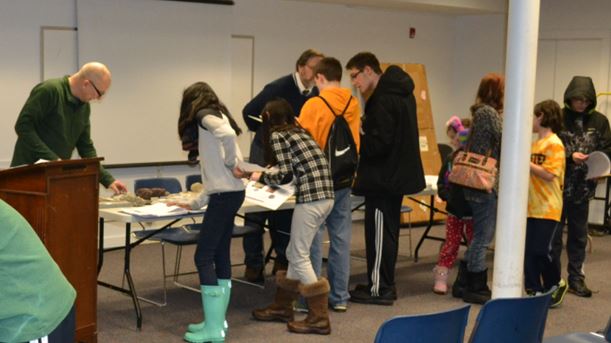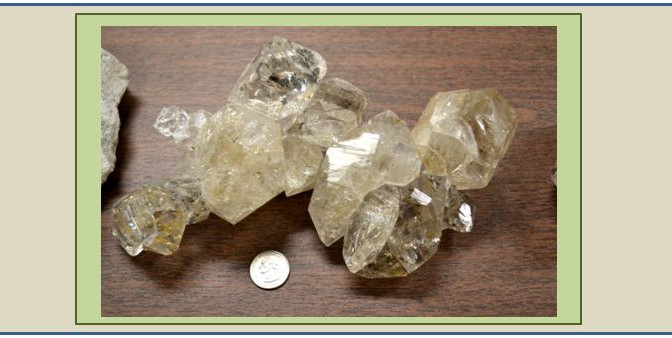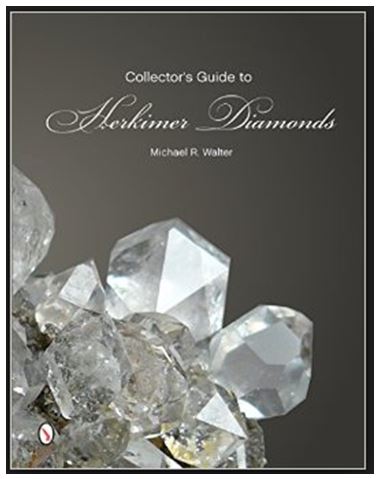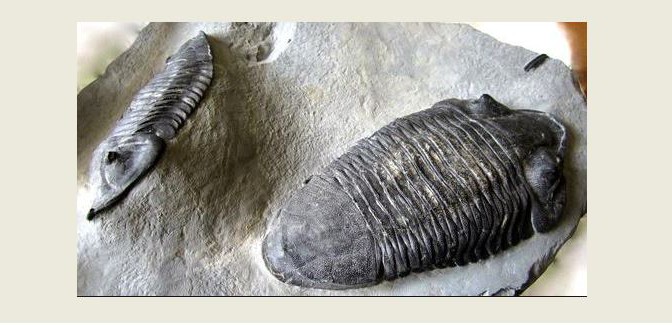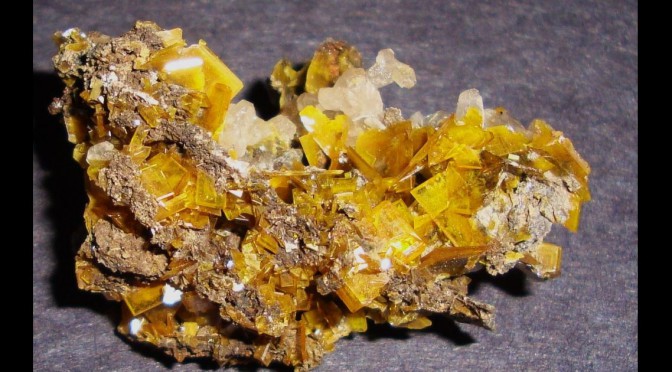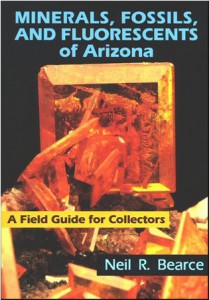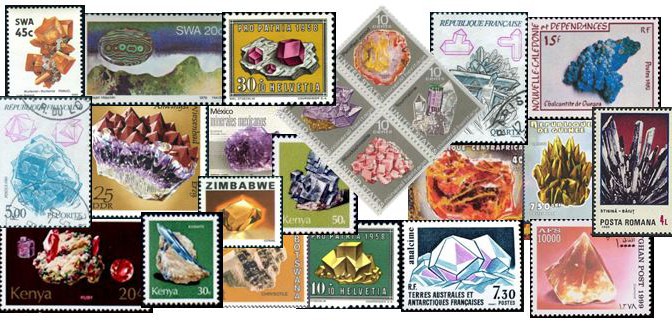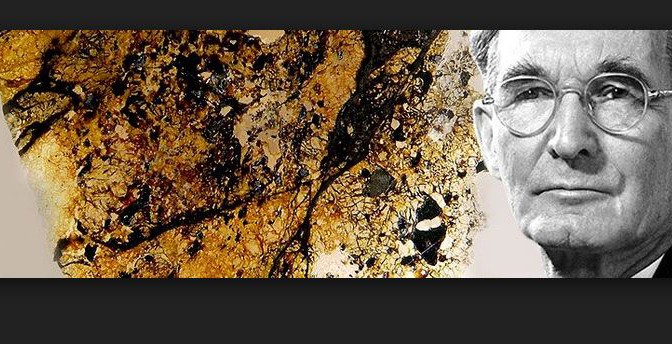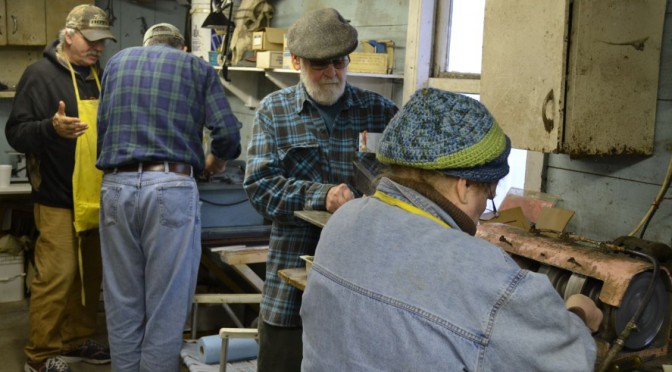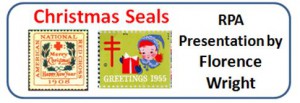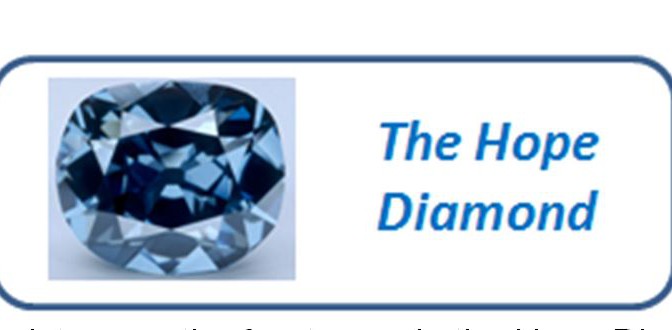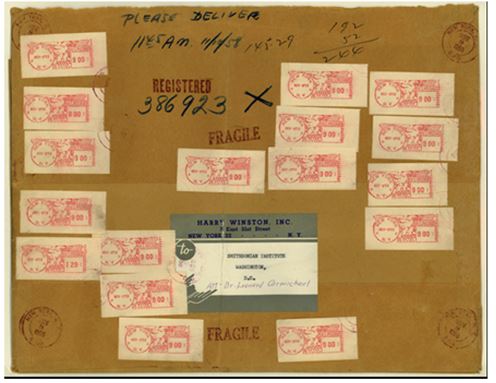Published in the July 2015 WCGMC Newsletter
I have a confession to make. Yes, I admit it, for the first few decades of my adult life I collected minerals while scoffing at the notion of cutting rocks and polishing their surface to produce symmetric reflective surfaces. Cabochons, smabochons, … spheres, smears, I would say, or something to that effect. Well, since joining the Wayne County Gem and Mineral Club I have come to realize that some rocks, even some minerals, are best displayed and enjoyed after they have been carved, sliced, ground, and polished. What is more, that process can be fun and there is art involved in the creation of a polished stone. I am not a total convert, I still cherish and generally prefer natural crystalline specimens, preferably on matrix and often in association with other minerals, but I am now capable of collecting, and yes even, horrors, purchasing a polished cabochon.
OK, with that admission of past guilt, or new guilt depending on your persuasion, I decided to peruse the GemFest floor for particularly interesting pieces that had been butchered by a saw and then beautified by some process of trimming and polishing. I found several that caught my fancy. But I must warn you, beauty, color, and symmetry are not enough. The rock or mineral must tell an interesting geologic story and just like a classic mineral specimen it must have a provenance, a banded agate from somewhere just won’t make my short list no matter how beautiful it might be. So what did I find?
